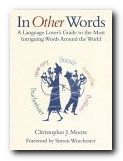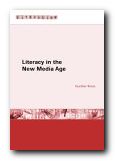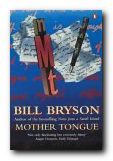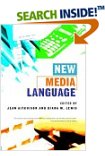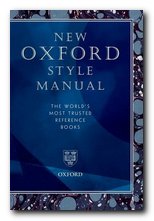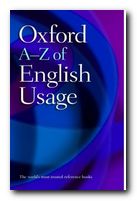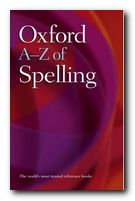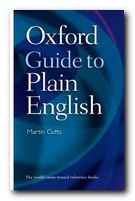essential guide to how English language works
The UK government’s latest policy on English teaching insists that it should be presented ‘across the curriculum’. What this means is that teachers of subjects other than English have to focus the language of their practice as part of normal classroom teaching and learning. This can leave teachers of chemistry, home economics, and physical education feeling rather exposed where formal grammar is concerned. John Seely’s latest book to the rescue! It is aimed at teachers in primary and secondary schools, and will also be useful for those preparing to teach modern foreign languages and English as an additional or foreign language.
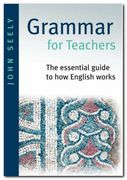 And he’s well qualified for the job of explaining complex issues. His previous books include Words, The A-Z of Grammar and Punctuation, Effective Writing and Speaking, and Writing Reports.
And he’s well qualified for the job of explaining complex issues. His previous books include Words, The A-Z of Grammar and Punctuation, Effective Writing and Speaking, and Writing Reports.
These are all very popular books which introduce linguistic facets of everyday life in a straightforward manner. This one follows the same pattern. He explains how sentences are built up from subject, verb, and object (Elephants like grass) but puts his emphasis on recognising clause patterns. Then comes an explanation of different types of noun (proper, countable, uncountable) adjectives, verbs, adverbs, and all the other common parts of speech.
In keeping with all the normal rigour of language studies, nothing is examined beyond the length of a single sentence, and his explanations are all as simple and clear as possible. Despite this, there’s still quite a lot of grammatical jargon to take on board (clause elements, prepositional phrases, and modal auxiliaries).
A lot of what he offers is a common sense approach to explaining the categories of grammar – that is, what function a word is performing in any given statement. For instance, work can be a verb or a noun, depending on the context in which it is being used.
The book is in three parts. The first offers basic definitions and explanations; the second goes into more detail; and the third is a big glossary which explains all the technical terms used throughout the book. It also includes other terms that may be be particularly useful for teachers of modern foreign languages. There’s also an appendix explaining what’s required of teachers implementing the literacy strategy in primary schools.
© Roy Johnson 2007
John Seely, Grammar for Teachers, Oxpecker Press, 2007, pp.172, ISBN: 095534512X
